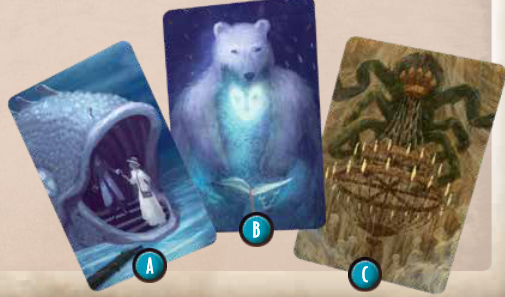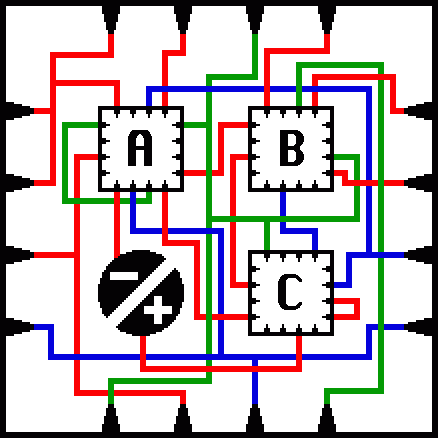Kittens Game is a clicker game that you can play in your browser. It makes a strong first impression, as it tempts you into choices that will kill off your kittens within twelve minutes. But I’m not here to review the game, I’m here to talk about spreadsheets!
Clicker games often support passive gameplay (e.g. leave it running overnight), active gameplay, or any combination of the above. On the very active end, you could try to optimize it, setting up spreadsheets to run calculations. So, I spent a thousand years tinkering with spreadsheets, and I liked it. There’s a story there, a mathematical story.


